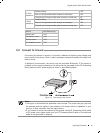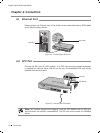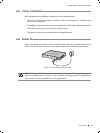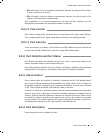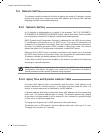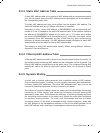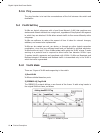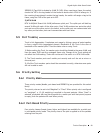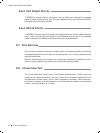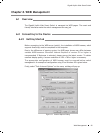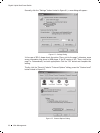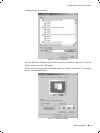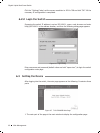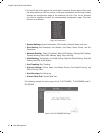
20
Gigabit Uplink Web Smart Switch
IEEE802.1Q Tag VLAN is divided by VLAN ID (VID). When receiving a frame, the switch
checks the VID in the tag header of the frame to decide which VLAN it belongs to. If
the receiving frame doesn’t contain the tag header, the switch will assign a tag to the
frame, using the PVID of the port as its VID.
3) MTU VLAN
MTU VLAN(Multi-Tenant Unit VLAN) defines an uplink port. The uplink port will build up
several VLANs with each of the other ports. Each VLAN contains two ports-the uplink
port and one of the other ports in the switch, so the uplink port can communicate with
any other port but other ports can’t communicate with each other.
Trunk is Link Aggregation. It optimizes port usage by linking a group of ports together
to form a single trunk (aggregated groups). Bandwidth of the Trunk is the sum of
bandwidth of its member ports. There are some rules on using Trunk:
1) Before setting the Trunk, its member ports should be divided to the same VLAN, and
have the same PVID and drop untagged frame rule. Change of the Trunk setting will
not affect the VLAN setting. Trunks can not be set if the switch is in MTU VLAN mode
2) The Trunk member ports can’t enable port security and can’t be set as mirror or
mirrored port.
3) All of the Trunk member ports should be connected correctly; otherwise some ports
will not be able to work.
Three priority modes (disable, port-based and IEEE802.1p) are provided for this switch
family.
The priority rule can be set to be“Weighted” or “Fixed”. When priority rule is configured
as "weighted", a 1,2,4,8 weighting is applied to forward packets. When "fixed" is
selected, all packets with top priority egress for a switch port until that priority's queue
is empty, then the packets with next lower priority.
Four priority classes (lowest, lower, higher and highest) are available for a switch port
in port-based priority mode. The priority class of the port is applied to all the packets
entering from the port.
Fuction Description



